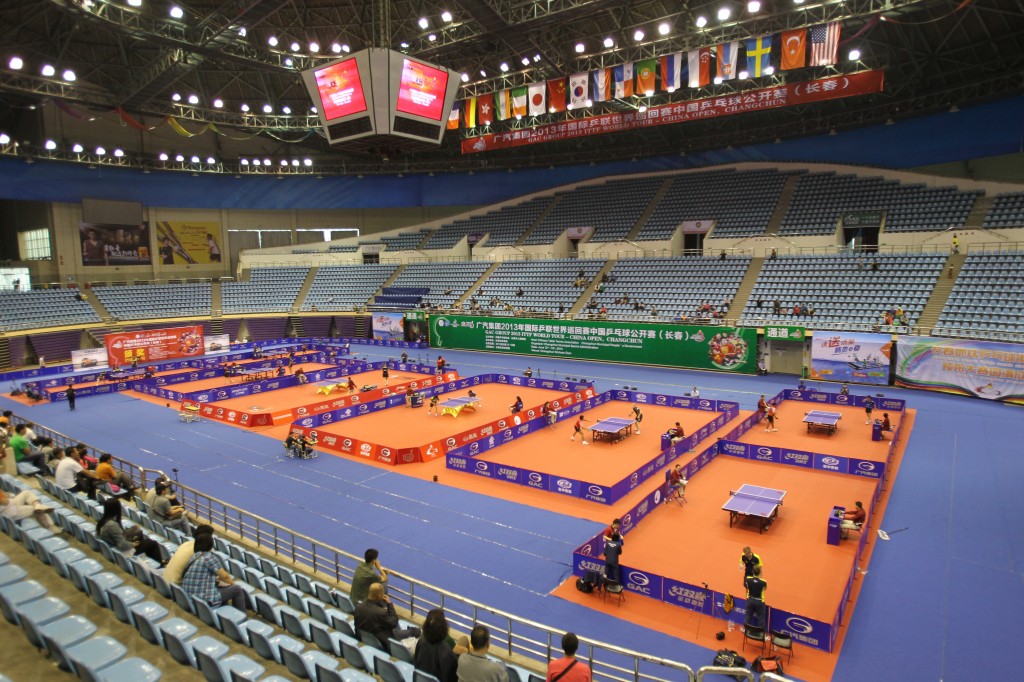
A lot (not all) Chinese rubbers are quite stiff and firm when new, and will loosen up over time, making them feel softer and more lively, and easier and more spinny to play with. For some rubber this happen after a session or so, but for others it can take much longer. I find this quite annoying as I don’t want a rubber to play differently for the first few sessions, as it takes more adjustment, and I’m having to adjust again slowly as it loosens up.
So is there a easy way to speed this up, or overcome this immediately? Well there is, but the legality of this is debatable, so be your own judge.
I used to use a few layers of rubber cement, which would give the rubber a good stretch and soften it up a little, which would virtually make the rubber ‘worn in’ immediately. Since I rarely use rubber cement these days (not keen on the fumes), but still have a bottle of speed glue, and a layer or two of this pretty much does the same thing. Boosters would work as well, but it takes much longer for the effect to wear off, and they give the (possibly unwanted) speed glue effect, which is not what this article is about.
The speed glue I used (Haifu Whale II) only lasts for a few hours, after which the effect is worn off and the rubber pretty much returns to it’s un-stretched state. So I apply 2 layers to give it a good stretch, then I leave it for at least 8 hours, so that there’s no glue effect left and all VOCs have dissipated. The sponge feels just a little softer after this as well, which tends to make it feel a bit more lively too. Most other speed glues would very well too, as well as most types of rubber cement, so it does not matter much which one you use, as long as they give the rubber a good stretch (usually a dome), and it disappears after a few hours.
This process is known as ‘priming‘, and it is quite different to the “Super Priming” method that I wrote an article about a few years back, which was designed to give a semi-permanent speed-glue effect. The priming method is designed to simply loosen up the rather stiff Chinese rubbers sheets, which tends to happen normally over time anyway, but takes too long.
So is this legal? Well I would argue that it probably is, as the top-sheet (which is the part the ITTF approves) is not affected by this at all after it’s returned to it’s un-stretched state, and there are no VOCs left. It does not really change the characteristics of the rubber either, so I don’t see it as a big issue. For me it’s just a nice way to speed up the wearing-in process, so it saves me time as well as the effort of having to ‘wear in’ the rubber. If you do it, please do take care with the speed-glue or any other substance you use though… the fumes are still toxic, so it’s best to use in a well ventilated area away from other people.
Article by: haggisv


[…] only livened up the sponge and not modified the top-sheet. See the more detailed article on Priming Table Tennis Rubbers on this site for more […]